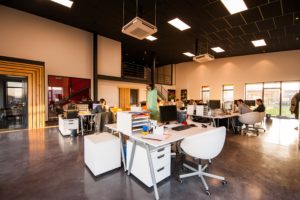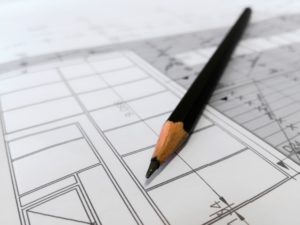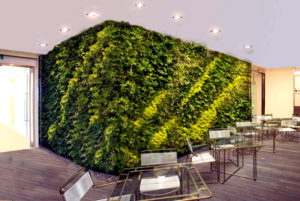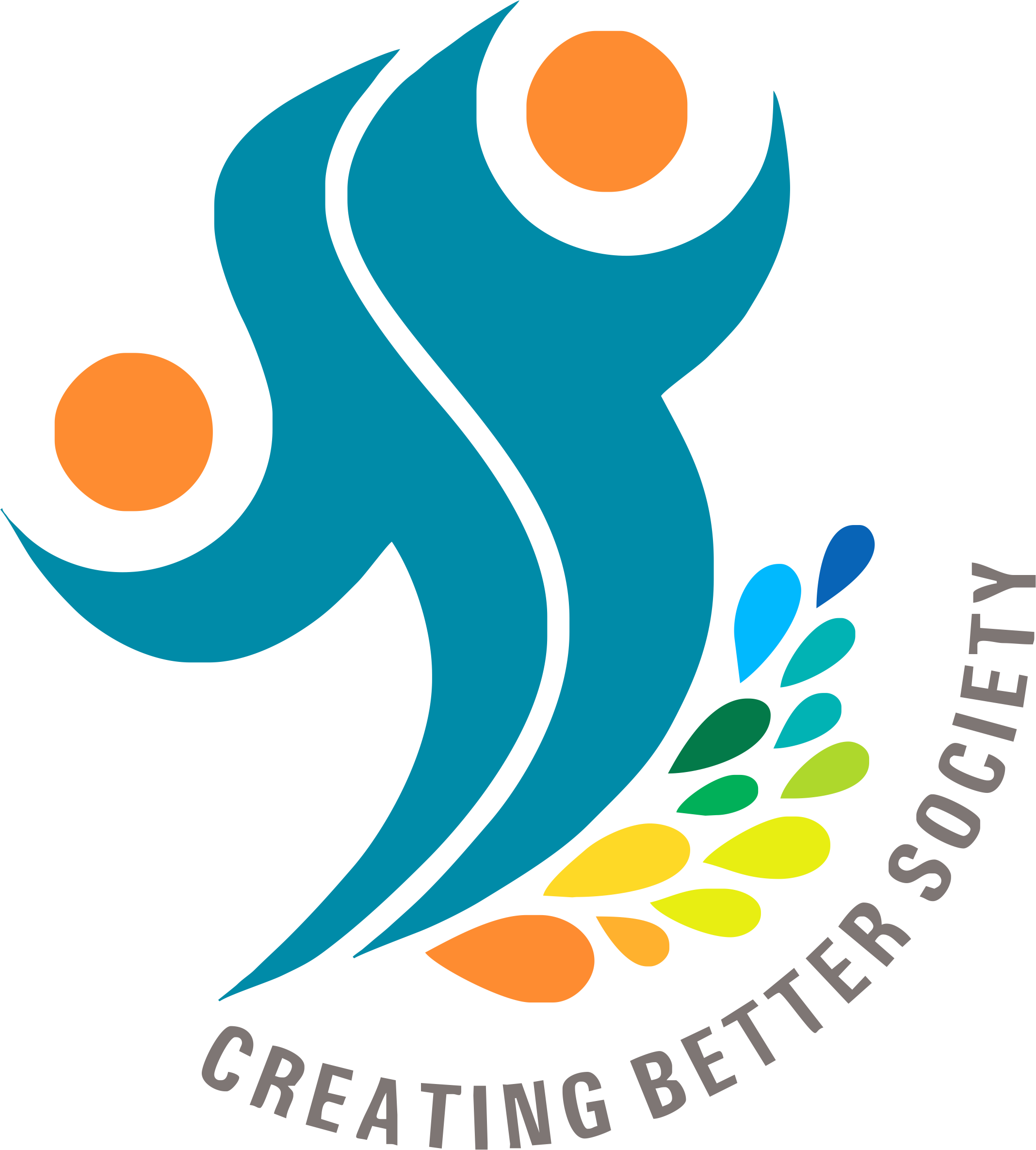
1. Sustainability and Eco-Friendly Design:
With increasing environmental awareness, sustainability has become a significant focus in interior design. Eco-friendly materials, energy efficient systems, and environmentally conscious practices are gaining popularity. Designers are integrating natural elements, such as reclaimed wood, bamboo, and recycled materials, into their creations. Eco-friendly furniture and lighting fixtures are becoming more accessible, combining style with sustainability. Green walls and living plant installations not only enhance the aesthetic appeal but also improve indoor air quality.
2. Technology Integration:
As technology continues to advance, it profoundly impacts the field of interior design. Innovative technological solutions are revolutionizing the way we interact with our surroundings. Some notable trends include:
Smart Home Integration: Home automation systems are becoming more prevalent, allowing homeowners to control various aspects of their living spaces through their smartphones or voice commands. From adjusting lighting and temperature to operating appliances and security systems, smart home technology provides convenience, energy efficiency, and enhanced comfort.
Virtual and Augmented Reality: Virtual and augmented reality technologies enable designers and clients to visualize and experience spaces before they are built. This immersive experience helps in making informed decisions about colors, textures, furniture placement, and overall design aesthetics.
Sustainable Technology: Advancements in technology have led to the development of sustainable building materials and systems. Solar panels, energy-efficient lighting, smart thermostats, and water saving fixtures are just a few examples of how technology is promoting sustainability in interior design.
3. Biophilic Design:
Biophilic design emphasizes our innate connection with nature by incorporating natural elements into interior spaces. It acknowledges the positive impact of nature on our well-being and productivity. Some key elements of biophilic design include:
Natural Light and Views: Maximizing natural light through large windows and skylights creates a sense of openness and connection to the outdoors. Incorporating views of nature, such as green landscapes or water features, further enhances the calming and rejuvenating effect.
Indoor Plants and Living Walls: Bringing plants indoors not only adds visual interest but also improves air quality and reduces stress. Living walls, vertical gardens, and indoor plant installations are increasingly being used to create a soothing and vibrant ambiance.
Organic Materials and Patterns: Using organic materials like wood, stone, and natural fabrics brings a sense of authenticity and warmth to interior spaces. Nature-inspired patterns, such as leaf motifs or floral designs, add a touch of organic beauty.
4. Multifunctional and Flexible Spaces:
With the growing need for versatility and efficient use of space, interior design is adapting to meet these demands. Flexible furniture systems, modular partitions, and convertible solutions are gaining popularity. Key benefits of multifunctional spaces include:
Space Optimization: Designing spaces that can adapt to different functions allows for efficient use of square footage, particularly in smaller homes or urban environments.
Enhanced Productivity: Creating flexible workspaces within homes or offices promotes productivity by providing designated areas for focused work, collaboration, and relaxation.
Personalization:
Flexible spaces offer the opportunity for personalization, allowing individuals to transform their living or working environments to suit their specific needs and preferences.
"The future of interior design is an exciting journey of creativity, functionality, and sustainability. As designers, we have the opportunity to shape environments that inspire, uplift, and enhance the lives of individuals. Let us embrace the future with open minds and hearts, as we create spaces that truly reflect the aspirations of the people who inhabit them.” - Malthesh Sigase - Director - Projects & Operations

The future of interior design is a blend of sustainability, technology integration, biophilic design, and multifunctional spaces. Designers are embracing eco-friendly materials, integrating advanced technologies, and incorporating nature inspired elements to create innovative and inspiring interiors. By incorporating sustainable materials and practices, interior designers are contributing to a greener and more eco-conscious world. The integration of technology enhances the functionality and experience of interior spaces, allowing for increased comfort, convenience, and energy efficiency. Biophilic design acknowledges our innate connection with nature, creating harmonious environments that promote well-being and productivity. Lastly, the rise of multifunctional and flexible spaces optimizes the use of available square footage, providing versatility and personalization. As we look ahead, it is evident that the future of interior design holds endless possibilities. From sustainable innovations to immersive technologies, the industry is constantly evolving to meet the changing needs and desires of individuals. By embracing these emerging trends and innovative ideas, we can create interior spaces that not only reflect our unique personalities but also contribute to a more sustainable and fulfilling way of living.










